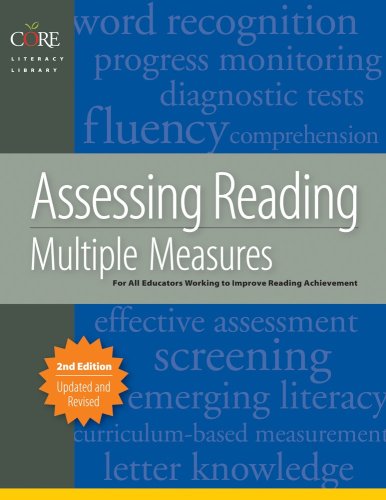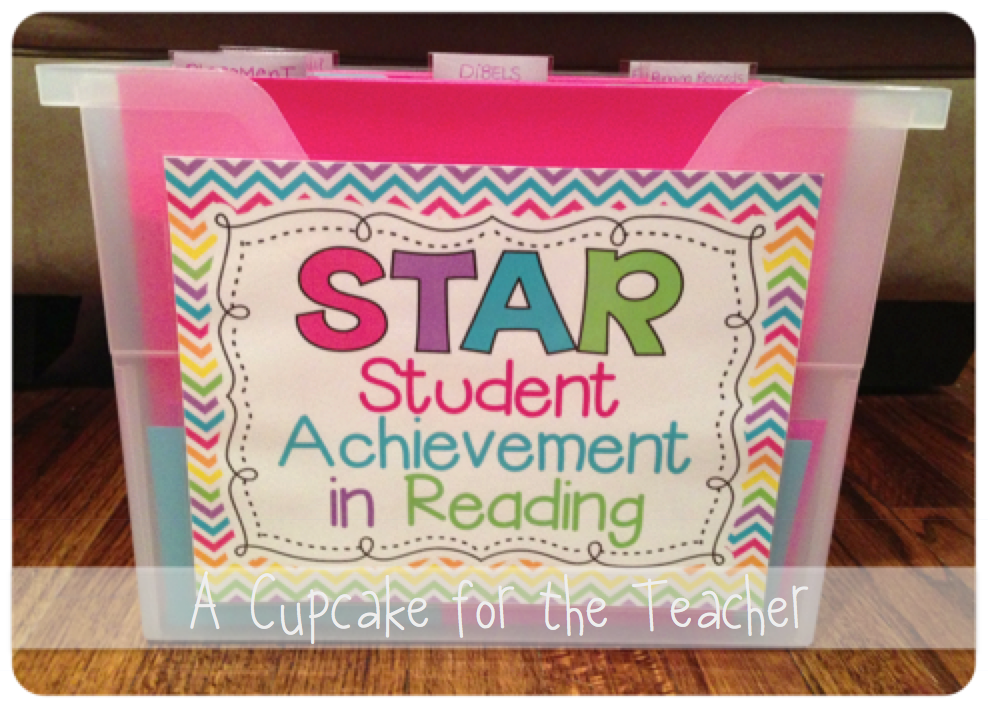The process of a teacher splitting a classroom into various small-groups, post-assessment, based on reading levels, and subsequently schooling each on a text at their instructional level, promoting higher cognitive thinking through questioning and think-alouds and supporting each student through individualized and group responses. The teacher does so through pre-reading, during reading, and post reading activities.
Necessary Elements:
1) Knowledgable teacher
2) Small Groups at same reading level
3) Text at instructional level
4) Three stages of instruction
|
During Reading
|
After Reading
| ||
Teacher Behavior:
-Recapped what they had been learning that week
-Variety of Questioning
-Expansion: “What made you think…”
-Inference: “What does weather do to flowers?”
-References illustrations on cover page
-Use of touch: “Put finger on sunny [picture]”
-Modeling of Predictions
“I’m predicting we’ll be learning about…”
-Pointing to words while reading
-Rereading multiple times as a whole group
Student Behavior:
-Answering a variety of questions
-Individually: “It looks stormy”
-Holistically: We’ll be learning about.. “Weather!”
-Reading the title as a group
-Using touch: reading while pointing to words
|
Teacher Behavior:
-First focused on illustrations, then text
-Related book to local weather: personal connection
-Asked a variety of questions
-What, when, how (“What sound does it make”)
-Checking comprehension (learning about weather)
-Relationships: “What other words do you know that…”
-Active motions: “Find…, point to…, “etc
-Explicit relation between illustration and text (cloud)
--Kept positive attitude, treated students as readers
“You know every word on this page”
-Point out punctuation (explanation point)
-Over exaggerated reading and facial expressions to aid in student comprehension (bend like trees)
-Made sure every student was attentive and on same page
-Pushed students to notice patterns (letters at beginning of words, repetition of words)
-Sounded out words, repeated sounds, and finally compiled into cohesive word, repeating for emphasis on pronunciation (pointed to mouth)
-Use of touch: pointed to words and illustrations, encouraged touching book
Student Behavior:
-Repetitions of emphasized words during activity
-Use of touch: pictures and words while reading
-Modeled sounding out
-Asked questions (“What is an icicle?”
-Caught onto rhythm of questions being asked
|
Teacher Behavior:
-Asked students to read story to themselves while she took notes on their good behavior
- Listened to every student, aided in their trouble areas
-Points out positive behavior students employed
Danielle looking at photo to cross-reference a
word
-Corrected tactfully
Had child look at beginning letter “l” and
corrected their use of “storm” after pronouncing
word, saying lightning is a type of storm
-Asked children to explain pictures
“What makes trees blow?”
“Remember, sounds at beginning and end of work go with what we’re saying”
-Think-aloud: rereading after using “wat” and substituting for “what”
-Collected books to enhance attentiveness
-Picture matching:
-Students asked to name picture (emphasized
difference between adjective ”cloudy” and
desired noun “cloud”)
-Match given letters to first letter of picture
-Match given letters to last letter of picture
-Explanation of sound/spelling misconception “ice”
-Nice touches (pat to arm)
Student Behavior:
-Muttered aloud while reading to themselves
-Read and re-read book after encouragement
-Associated last letters with first (most had difficulty with final consonant)
-Most memorized word (difficulty associating with letters, some grasped concept better than others)
|
This video is highly informative and offers upcoming teachers an opportunity to see guided reading in action. Although the classroom is made up of relatively young students, and thus the teacher is not able to delve much into higher concept questions, the teacher utilizes many aspects of guided reading imperative for any level, including think-alouds and crosschecks for comprehension. She is able to keep the classroom mostly on task, and attempts to foster a text-to-illustration and first-to-last letter correlation in the minds of her students. The teacher was extremely enthusiastic, which translated to a passion for reading in her students; she also recognized that her students, although pre-split, were on different levels, and the integration of her secret of rereading was an excellent way to keep each student confident in their relative reading capabilities.
I think the guided reading activity could be aided with a more direct reading of the passage. Although the students are young, they should be presented with an activity that places equal value on the text and the illustration, rather than such a heavy focus on the illustration (which is an accessory to the text itself). I think the teacher should have given some students enough time to have their "ah ha!" moment; I found that she gave the students the answer to the questions she asked without allowing them to come to the conclusion themselves.
readinga-z.com
This website offers leveled texts, translating perfectly to guided reading, which is based upon small groups at differing levels of reading. After doing an assessment, the teacher is able to split up her students and garner text from the website that would be good for her guided reading instruction. She can simply print off enough copies for all of her students in each small group, and save quite a bit of money doing so.
The website offers a menagerie of other useful tools, such as graphic organizers and word sorts, which can be used for other activities during the school day. The fluency passages can be used for assessment purposes, and the leveled passages used in guided reading activities after my students have been assessed. Vocabulary development can be promoted through the word sorts and vocabulary resources as well.






